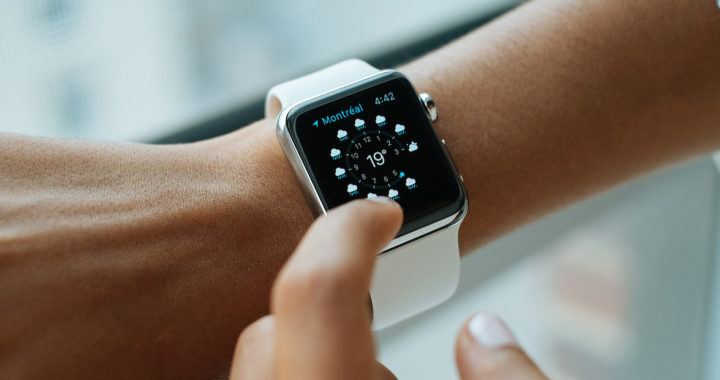One of the hardest materials aside from diamond and moissanite is sapphire. Its durability and all of its notable properties have made it not only a precious gemstone but also an important material with numerous commercial and industrial applications.
Applications of Sapphire Crystal
Sapphires are a variety of the mineral corundum and they consist of aluminum dioxide with trace amounts of elements such as iron, titanium, chromium, vanadium, or magnesium. They occur in nature but can also be produced in laboratories. Synthetic sapphire is also commonly referred to as sapphire crystal or sapphire crystal glass.
It is important to note that a sapphire crystal is not technically a “glass” because of its chemical composition and property. Note that glass is a non-crystalline material or an amorphous solid that lacks the long-range order that is characteristic of a crystal.
Nevertheless, considering their properties such as clarity and greater transparency on top of their durability, sapphires have been used as an alternative to glasses. Remember that they have been used as ornamental pieces. Furthermore, they have also numerous applications. The following are the applications of sapphire crystal:
• Electrical Components: It can be used as an insulating substrate and a component of electronic wafers of solid-sate electronics and semiconducting circuits because of its excellent electrical insulating properties and high thermal conductivity.
• Lighting and Lasers: The same insulating properties and high-temperature resistance have made it applicable in LED for preventing stray currents from spreading to nearby circuit elements. It is also used in lasers alongside titanium. Titanium-sapphire lasers can be tuned to various wavelengths in the red and near-infrared regions of the electromagnetic spectrum of electromagnetic radiation.
• Medical Applications: It is used as components of medical devices such as medical imaging devices and surgical systems. A monocrystalline variant has also been used as a component of prostheses because of its biocompatibility.
• Alternative to Glasses: Another popular application of sapphire crystal is in the production of glass-like materials. It has been used as a window material because of its hardness and wide optical transmission. The same properties have benefitted consumer items such as classical wristwatches and consumer electronic devices such as smartphones and smartwatches.
Pros and Cons of Sapphire Crystal
This material is applicable in windows and certain high-end consumer electronic devices because of its remarkable physical and optical properties. Its chemical properties have also made it an ideal material for use in electrical components.
The following are the advantages:
• Notable Hardness and Durability: It has a hardness of 9 on the Mohs scale and it is considered the third hardest mineral after diamond with a hardness score of 10 and moissanite with a hardness score of 9.5. It is fundamentally harder than glass and it has a higher resistance to scratch unless it will come in contact with materials with similar or greater hardness. Furthermore, it has a comprehensive strength of 2000 mega Pascals which makes it 10 times stronger than stainless steel.
• Wide Optical Transmission: Another advantage of sapphire crystal that makes it one of the best materials for use in windows and on the screens of consumer electronic devices is its high transparency to a wide range of wavelengths. Its wide optical transmission allows electromagnetic radiation ranging from near-infrared and the entire visible light spectrum to ultraviolet to pass through.
• Insulation and Conductivity: It has excellent electrical insulating properties or electrical resistance that makes it suitable for use as an insulating substrate in electronic components. Furthermore, despite being an insulator, it has high thermal conductivity comparable to stainless steel. This material also has a high resistance to thermal shock with a high melting point of 2030 degrees Celsius. Note that these specific properties make it a chemically and thermally stable material.
However, despite the advantages mentioned above, it can be impractical for mass production and mass application. Remember that this material is often used in high-priced window panels and high-end consumer goods such as wristwatches and electronic devices.
The following are the disadvantages:
• Expensive Production Cost: One of the major disadvantages of sapphire crystal is that it is hard to produce in large quantities because of its expensive production cost. It is about 10 times to 20 times more expensive to produce than glass. This material is produced by subjecting aluminum oxide power to extreme heat and pressure. Note that its high melting point means that it also takes a tremendous amount of energy input for it to be melted and molded. This translates to high energy costs.
• Still Susceptible to Shattering: It might be one of the hardest materials around. It indeed has high resistance to scratch. However, the fact remains that it is still susceptible to shattering upon heavy impact. Note that harder materials are more brittle. Heavy impacts such as falling from a height of three or more feet or hard and forceful impact to a solid surface can shatter brittle materials.
• Uneconomical in Some Applications: The fact that it has high production costs makes it uneconomical for mass-produced products such as entry-level and mid-range consumer electronic devices. These devices have lifespans of 2 to 4 years which are shorter than the entire lifespan of a sapphire crystal. Consumers of smartphones often replace their devices with newer models. Furthermore, because of its high energy cost, its production can have a higher carbon footprint than glass.





